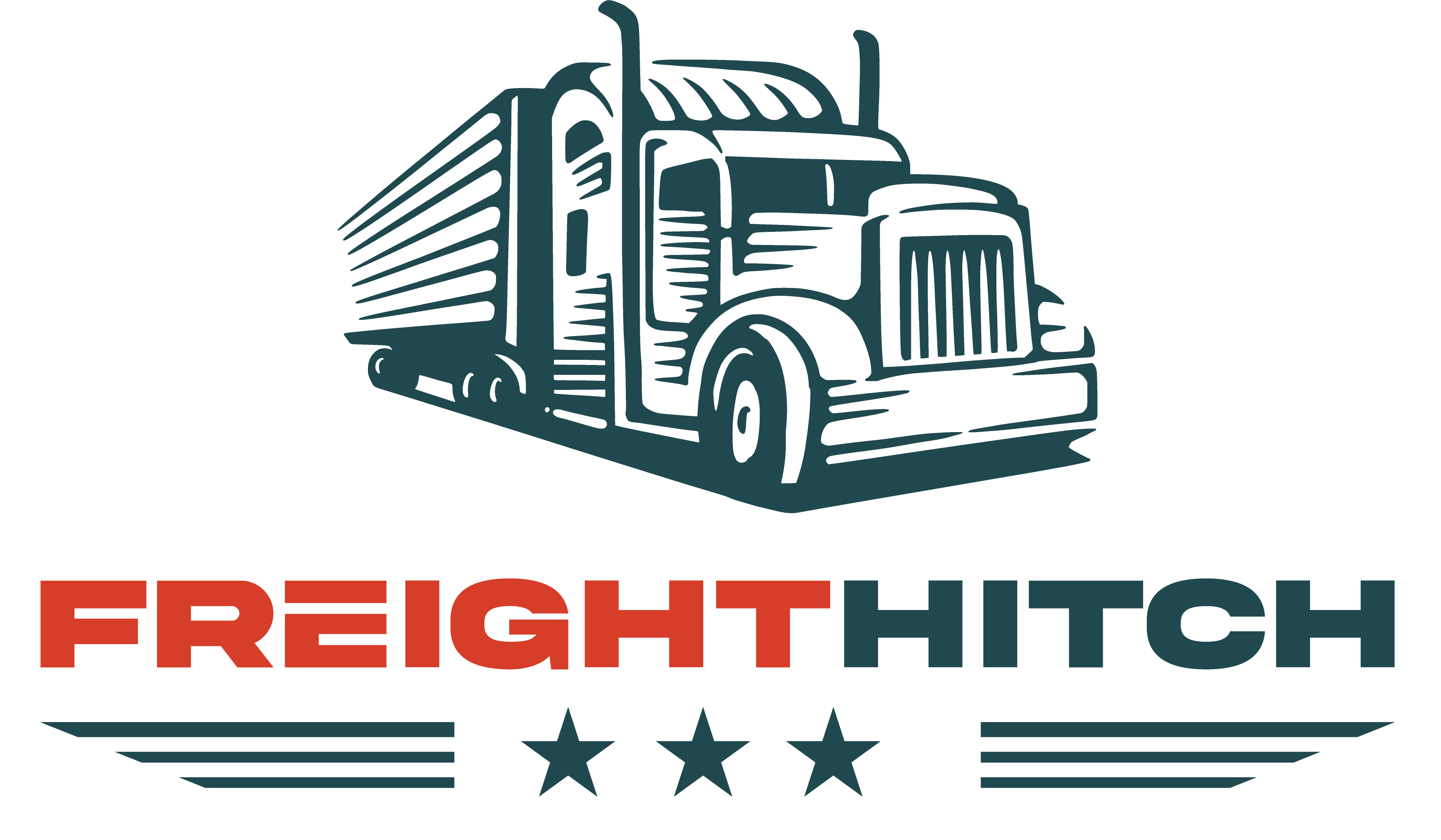As the push for sustainability grows, businesses across all industries are being called to adopt greener practices, and the freight industry is no exception. Whether you’re a franchise owner, managing operations for a large corporation, or running a small ice cream shop in Wisconsin, you’re likely feeling the pressure to go green. But is it really affordable? Is it worth it? And most importantly, what are the tangible benefits beyond simply reducing your carbon footprint?
This blog about sustainability in freight will help you break down the costs, real financial incentives, marketing opportunities, and practical steps you can take to make your freight operations greener—without overhauling your entire budget.
The Costs of Sustainability in Freight: Real Numbers, Not Guesswork
It’s no secret that adopting sustainable practices can come with upfront costs, but how much are we really talking? Let’s break it down with real examples and specific numbers related to both fixed costs and recurring costs.
Fixed Costs of Sustainability in Freight
Fixed costs refer to the one-time investments that a business must make to adopt sustainable logistics practices. These can range from upgrading infrastructure to purchasing new vehicles or equipment.
- Electric Trucks and Alternative Fuel Vehicles
Switching to electric or alternative fuel vehicles is one of the biggest investments. For example, the Tesla Semi electric truck costs between $180,000 and $200,000, compared to a diesel truck’s price of $120,000 to $150,000 (FreightWaves). Despite the higher initial investment, businesses like PepsiCo expect long-term savings from reduced fuel and maintenance costs. - Charging Infrastructure
If you’re transitioning to an electric fleet, you’ll also need to invest in charging infrastructure. Installing electric vehicle (EV) charging stations can cost $10,000 to $40,000 per station, depending on the type and location (U.S. Department of Energy). - Solar Power Systems
Installing solar power systems to support warehouse or distribution center operations is another potential fixed cost. A commercial solar installation typically costs between $2.50 and $3.50 per watt, meaning a 100kW system could cost $250,000 to $350,000 upfront (EnergySage). - Eco-Friendly Packaging Machines
Businesses may need to upgrade packaging machinery to accommodate eco-friendly materials. For example, switching to machines designed for biodegradable shrink wrap could cost $5,000 to $50,000 depending on the machine’s capacity and automation level (Packaging Digest).
Recurring Costs
Recurring costs refer to the ongoing expenses businesses will incur once they have adopted sustainable practices. These are typically related to operations, maintenance, and supply chain adjustments.
- Biofuels and Renewable Fuels
Biofuels can cost 5-10% more than conventional diesel fuel, according to the U.S. Department of Energy. For companies like UPS, which uses biofuels in a large portion of its fleet, this ongoing fuel cost is higher but is partially offset by reduced emissions and fuel tax incentives. - Electric Vehicle Maintenance
While electric vehicles have fewer moving parts and therefore require less maintenance, the specialized maintenance they do need (e.g., battery health checks, software updates) can still incur ongoing costs. Annual EV maintenance costs are estimated to be 20-30% lower than diesel trucks, but they are still present and can accumulate over time (CleanTechnica). - Sustainable Packaging Materials
Businesses using recycled or biodegradable materials for packaging may face recurring higher material costs. On average, eco-friendly packaging can cost 10-20% more than traditional materials (EcoEnclose). For businesses with large shipping volumes, this can add up significantly over time, though many companies find this cost is offset by improved customer loyalty and brand value. - Carbon Offsetting Programs
Some companies choose to offset their emissions by purchasing carbon credits. Carbon offset programs can cost between $10 and $50 per metric ton of CO2, depending on the project and region (CarbonCredits.com). UPS and Maersk are examples of companies offering carbon-neutral shipping options, which allow customers to neutralize their carbon footprint through offset purchases.
What’s In It For You? Financial and Non-Financial Benefits
- Financial Incentives
The good news is that going green can unlock various financial incentives. Governments across the globe are rolling out tax credits, grants, and subsidies to help businesses offset the costs of sustainable practices. In the U.S., the Federal Electric Vehicle Tax Credit offers up to $7,500 for companies purchasing electric vehicles . Businesses investing in energy-efficient infrastructure or using renewable energy sources may also qualify for rebates or grants under programs like the Commercial Energy Efficiency Tax Deduction .
Example: Walmart benefited from both tax credits and long-term cost reductions when it invested in solar panels and energy-efficient lighting across its stores and distribution centers, saving millions in energy costs while qualifying for various state and federal incentives .
- Beyond Financials: Marketing & Brand Value
Consumers are more eco-conscious than ever, with 73% of global consumers willing to pay more for sustainable goods . Incorporating sustainability into your logistics can become a core part of your marketing strategy. Not only does it help attract new customers, but it also fosters loyalty among your existing base.
Example: Patagonia, a brand synonymous with sustainability, has integrated its eco-friendly practices into its marketing, which significantly contributes to the company’s robust customer loyalty and brand equity. By promoting its use of recycled materials and sustainable shipping practices, Patagonia has successfully positioned itself as a leader in environmental responsibility .
- Employee Engagement and Gen Z Appeal
Sustainability can also enhance your company culture, particularly among younger employees. Gen Z, which now makes up a significant portion of the workforce, is particularly driven by environmental concerns. According to a Deloitte survey, 77% of Gen Z employees consider a company’s environmental record when choosing where to work. Offering eco-friendly programs or highlighting your sustainability efforts in recruitment materials can help you attract top talent .
Example: Ben & Jerry’s has long been a leader in corporate social responsibility, focusing on climate change and sustainable sourcing. This focus on sustainability has not only earned them consumer loyalty but also helps them attract and retain talent, especially among younger employees who value working for purpose-driven companies .
Key Questions to Ask When Considering Going Green
Before jumping into sustainability, it’s crucial to ask the right questions. Here are a few that can help guide your decision-making process:
- What are the long-term cost savings?
Look beyond the initial cost and consider the potential savings. How much can you save on fuel, packaging materials, or waste disposal in the long run? Conduct a cost-benefit analysis based on your current logistics setup. Tools like the EPA’s Greenhouse Gas Emissions Calculator can help you measure potential savings . - Are there financial incentives available in my region?
Research local and federal incentives. Depending on your location, there may be grants, tax credits, or rebates available. For example, California’s Clean Vehicle Rebate Project offers up to $7,000 for companies purchasing electric trucks . - Which areas of my supply chain have the most impact?
Pinpoint which parts of your logistics operation contribute most to your environmental footprint. Are you shipping too many partial loads? Could you switch to a greener freight provider? - How can I integrate green practices without disrupting operations?
Not all changes need to happen at once. Start small by choosing eco-friendly packaging or optimizing your routes. Gradual changes can have a significant impact over time.
Practical Tips for Going Green in Freight
1. Use Recyclable and Lightweight Packaging
Switching to eco-friendly packaging is one of the easiest ways to start your green logistics journey. Recycled cardboard or biodegradable materials are now widely available through suppliers like EcoEnclose and Noissue, and the price difference is shrinking as demand increases .
Tip: Contact these suppliers directly to ask about bulk discounts or customization options. Look into lightweight packaging materials that reduce shipping costs by lowering the overall weight of your packages.
2. Optimize Shipment Loads
Shipping half-empty trucks is both costly and wasteful. Work with your freight provider to optimize your shipment loads. Many companies now use load optimization software to maximize truck capacity, reducing the number of trips required and cutting down fuel usage .
Tip: Ask your logistics provider about their load optimization tools. Even if you’re not managing your own fleet, you can ensure your carrier is optimizing your shipments to save on both costs and emissions.
3. Partner with Sustainable Freight Carriers
Look for freight carriers that prioritize sustainability. Many carriers now offer carbon-neutral shipping options or use alternative fuels. Partnering with these companies allows you to take advantage of their green technologies without investing heavily yourself.
Tip: Reach out to companies like Maersk or DHL, which have committed to reducing carbon emissions. Ask if they offer eco-friendly shipping solutions that align with your sustainability goals .
Conclusion: Green Freight Is the Future
Sustainability in freight is no longer just a trend—it’s an essential practice for businesses aiming to reduce their environmental impact while maintaining operational efficiency. From adopting zero-emission vehicles and leveraging green logistics technologies to implementing circular supply chains, companies that invest in sustainable freight practices today will be better positioned to meet future regulations and consumer expectations. For more insights into freight management, visit our blog on Innovations in Freight Transportation Technology.




